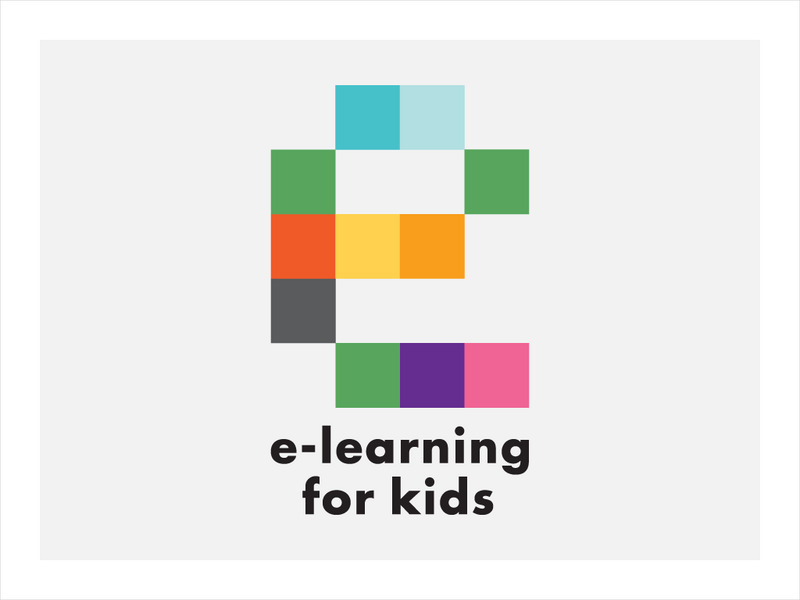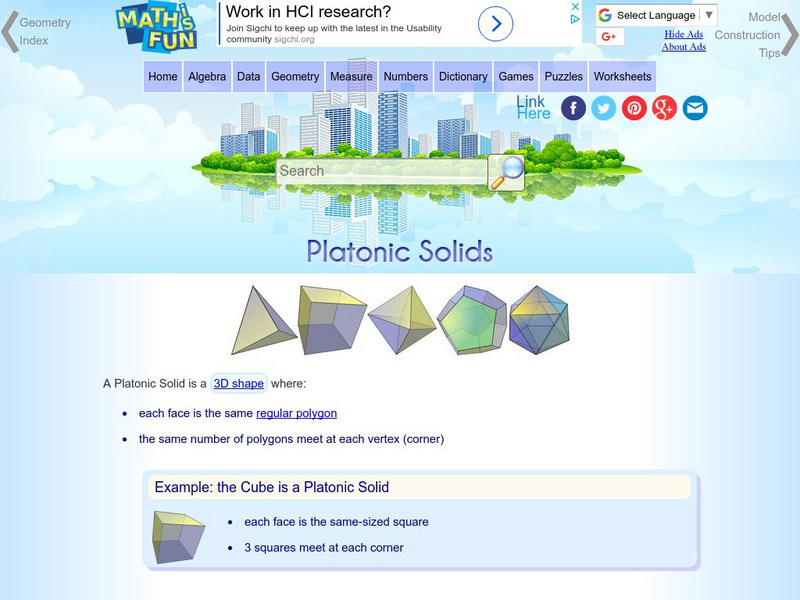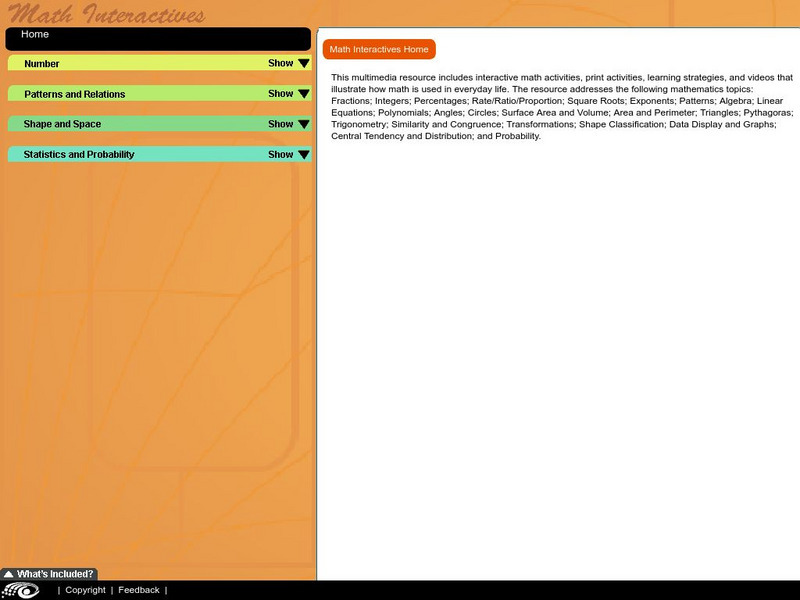E-learning for Kids
E Learning for Kids: Math: Soccer Stadium: Shape & Length: 3 D Shapes and Distance
Explore distance and geometric shapes while joining Ivan in his soccer practice!
Math Is Fun
Math Is Fun: Making 3 D Solids
This tutorial features templates and instructions to make the following solids: tetrahedron, cube, octahedron, dodecahedron, and icosahedron.
History is Fun
Jan Brett: Geometric Solids Flashcards Pdf
Print out these colorfully illustrated PDF file pages to practice learning your basic three dimensional geometric solids. Fold them in half and one side shows the shape while the other side shows the shape with the correct name. Put them...
Government of Alberta
Learn Alberta: Math Interactives: Exploring Surface Area, Volume, and Nets
Investigate the concepts of area, volume, 3D shapes, and nets using this interactive Learn Alberta math. The solid shapes focused on this exploration include rectangular and triangular prisms, rectangular and triangular pyramids,...
Texas Education Agency
Texas Gateway:use Proportional Relations to Find Missing Measurements 2 D Figures
Given pictorial representations and problem situations of 2-dimensional figures or 3-dimensional figures, the student will use proportional reasoning to find a missing measurement.
PBS
Pbs: Mathline: Let's Face It [Pdf]
Check out this math project about polyhedra! Students will enjoy the hands-on activity while they learn about tetrahedrons, hexahedrons, octahedrons, dodecahedrons, and icosahedrons. [Requires Adobe Reader.]
NC State University
The Engineering Place: Shapes
A lesson in creating 3-D solids using toothpicks and marshmallows.
National Council of Teachers of Mathematics
The Math Forum: Building a Pyramid
This Math Forum instructional activity gives instructions on how to build a paper pyramid. Bonuses included finding the surface area and volume of the pyramid.
National Council of Teachers of Mathematics
The Math Forum: The Cylinder Problem: High School Lesson
Using an engaging approach, this lesson requires students to record the volume of cylinders as a function of the radius. Students will construct and measure the volume of several cylinders and then begin comparing these shapes.







